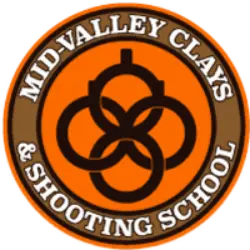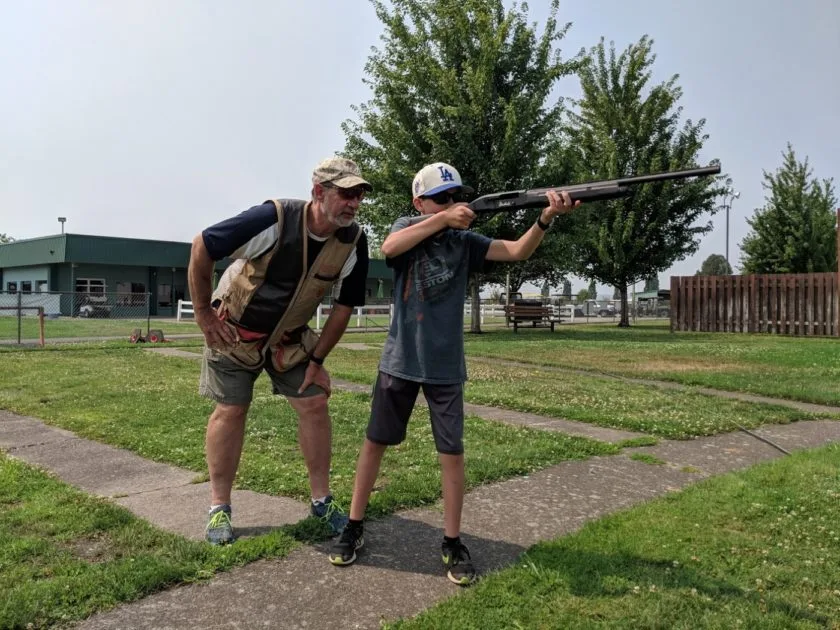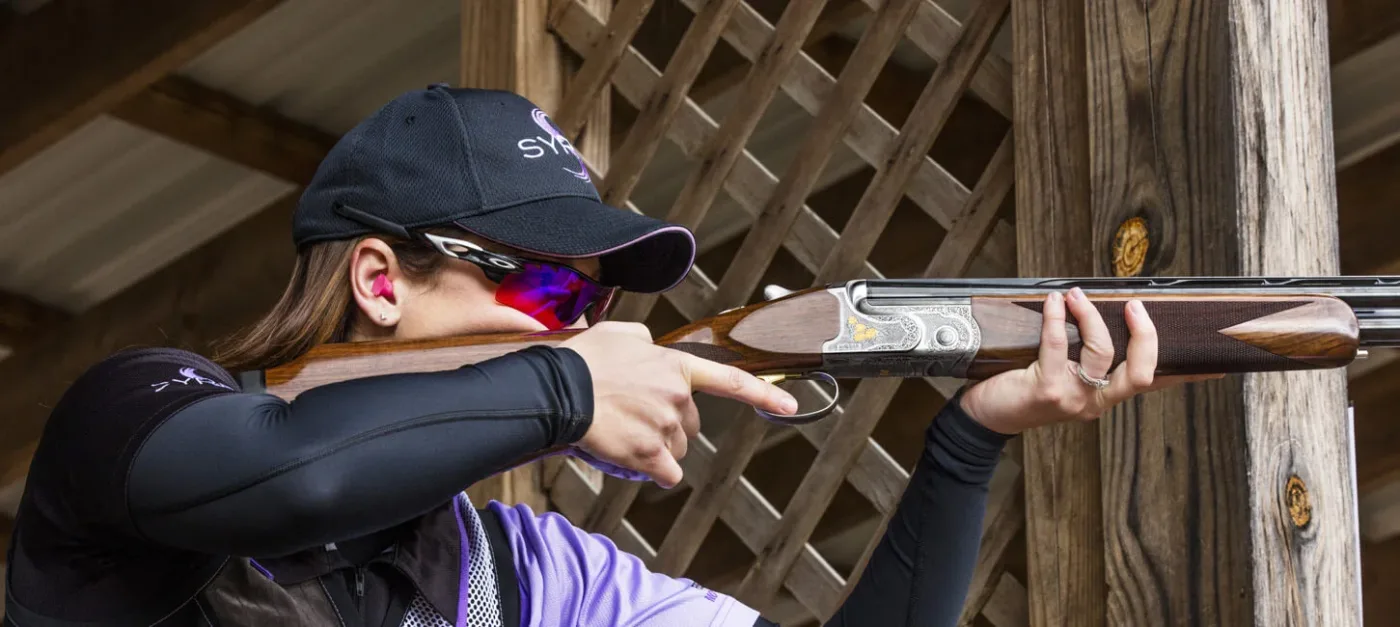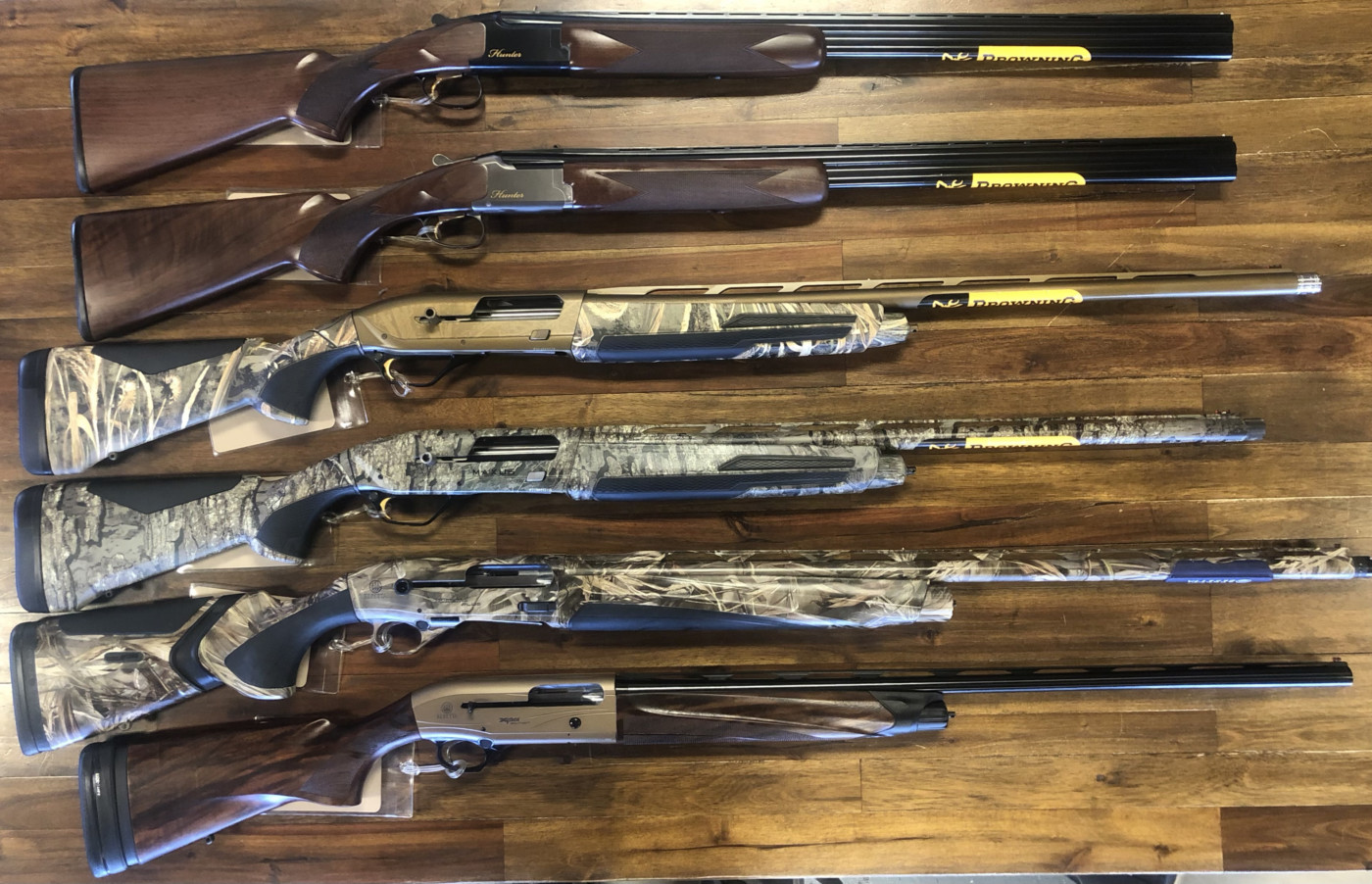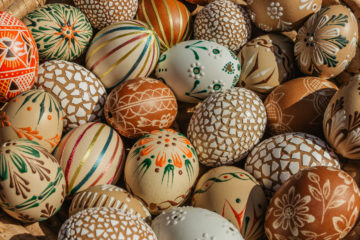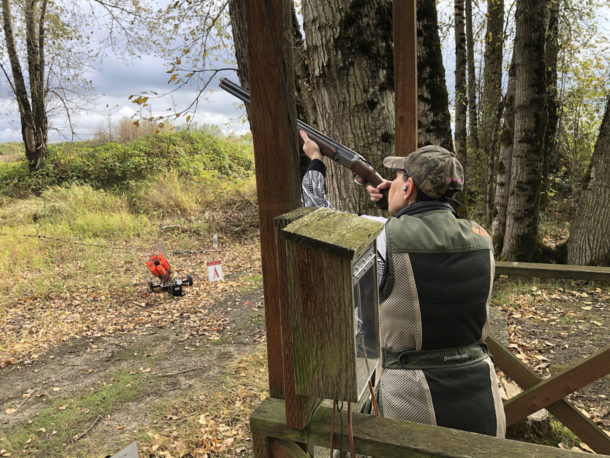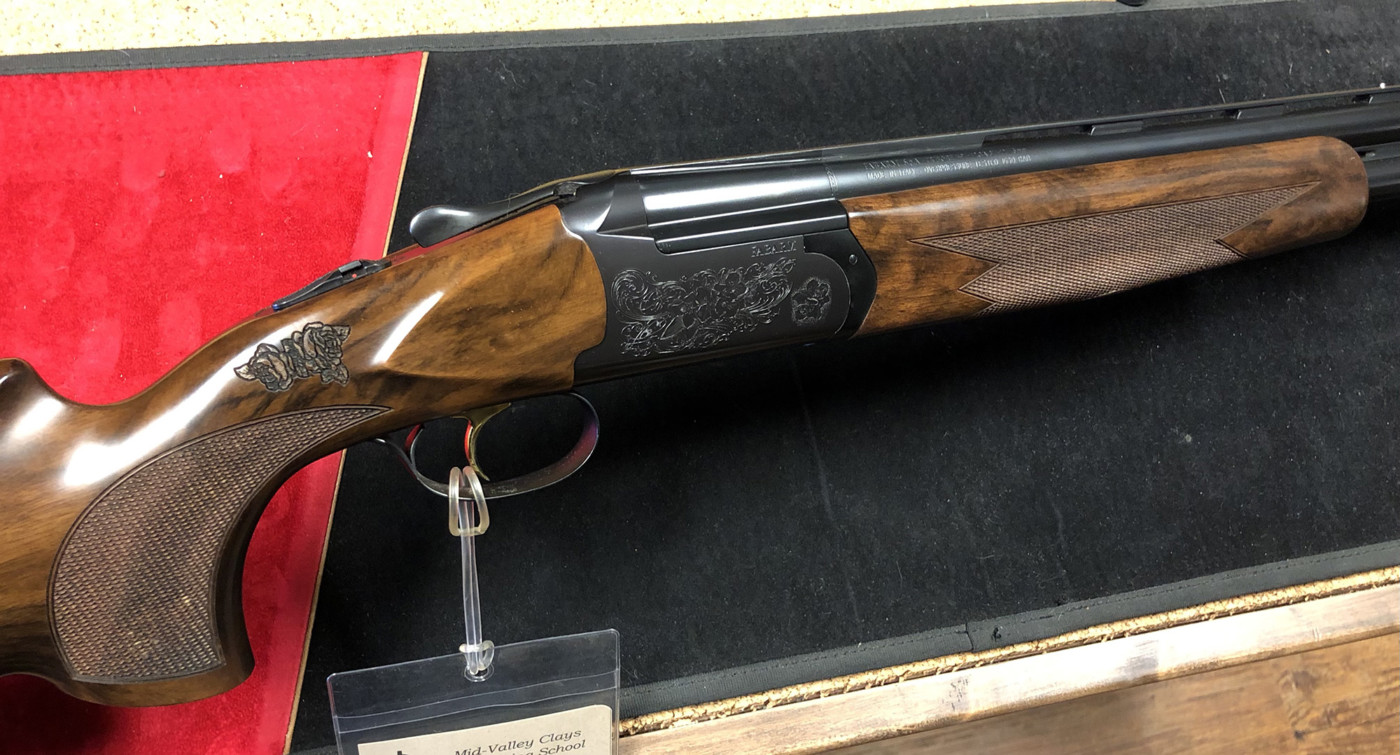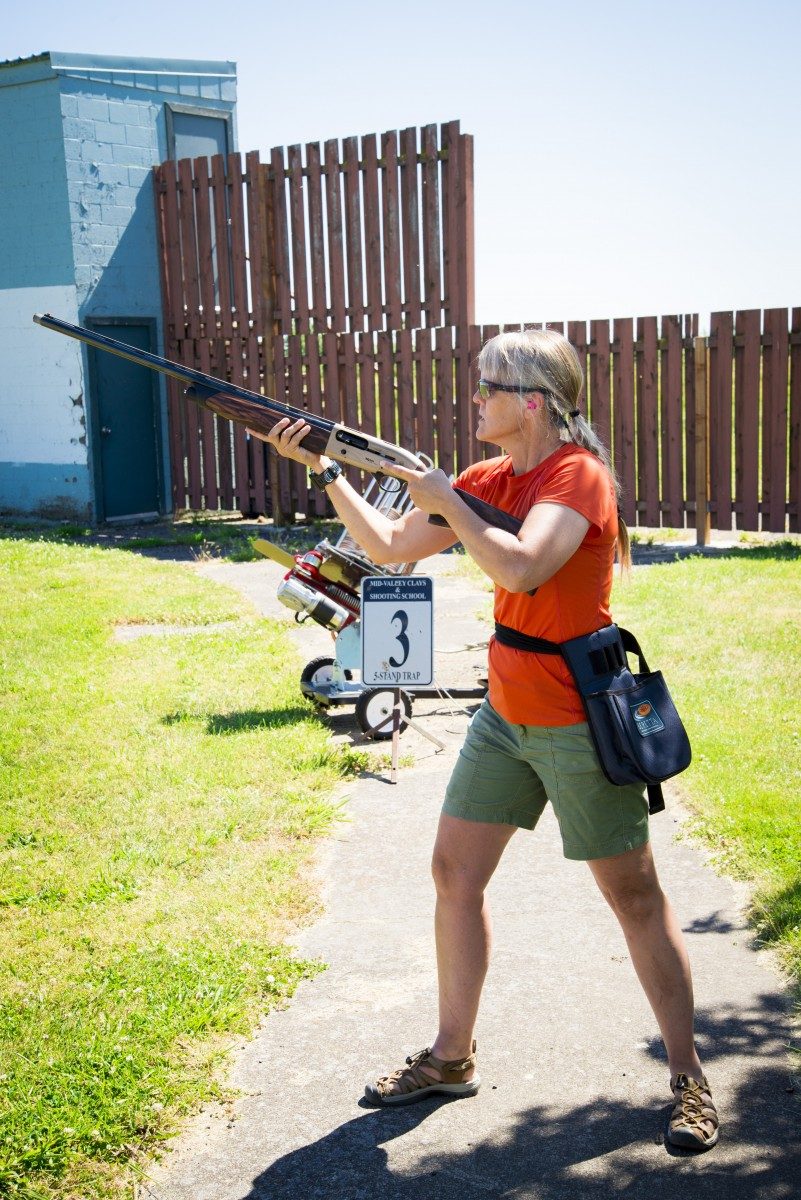Are you passionate about shooting sports? Whether you’re a novice or an experienced shooter, enrolling in a shooting school or training program can unlock a world of benefits that go beyond the range. At Mid-Valley Clays and Shooting School, we understand the value of comprehensive shooting education and skill development. In this blog, we’ll explore the numerous advantages of shooting school, ranging from safety and confidence to physical and mental strength, improved accuracy, and its suitability for shooters of all levels. Join us as we delve into the exciting world of shooting training and discover how it can empower you in various aspects of your life.
Safety: The Foundation of Responsible Shooting
Safety is paramount in shooting sports, and proper training is key to fostering a culture of responsibility. Shooting schools prioritize safety protocols, teaching essential rules, and emphasizing the importance of safe handling and storage of firearms. Through expert guidance, you’ll learn about firearm safety, range etiquette, and emergency procedures, ensuring that you and those around you are protected at all times.
Confidence and Self-Empowerment: Unlock Your Potential
Shooting school provides more than just technical skills—it instills confidence and empowers individuals. As you acquire knowledge and refine your shooting abilities, you’ll witness personal growth and a boost in self-esteem. Mastering the fundamentals, understanding different shooting techniques, and witnessing your progress will enhance your self-confidence both on and off the range. The discipline and focus required in shooting training will translate into other areas of your life, enabling you to tackle challenges with resilience and determination.
Physical Strength: A Surprising Benefit
Engaging in shooting sports requires physical stamina and control. The repetitive actions involved in shooting help develop core strength, stability, and hand-eye coordination. From proper stance and body alignment to controlling your breath and maintaining balance, shooting training is a full-body workout that enhances your physical capabilities. As you train, you’ll notice improved muscle tone, increased endurance, and enhanced motor skills—all of which contribute to overall physical fitness.
Mental Strength: Sharpening Focus and Concentration
Shooting is as much a mental game as it is a physical one. Shooting school hones your mental acuity by challenging your focus, concentration, and decision-making abilities. Through various training exercises, you’ll learn to manage stress, remain calm under pressure, and develop a keen sense of situational awareness. These mental skills extend beyond the range, benefiting your professional life, academic pursuits, and everyday problem-solving.
Better Accuracy: Elevating Your Shooting Skills
Achieving consistent accuracy is a goal shared by all shooters. Shooting school provides the guidance necessary to refine your technique and improve your precision. Expert instructors will analyze your shooting mechanics, offer personalized feedback, and suggest adjustments to optimize your accuracy. Through targeted practice drills, you’ll develop muscle memory and gain the ability to consistently hit your mark. Whether you’re a competitive shooter or simply enjoy recreational shooting, enhanced accuracy will elevate your overall shooting experience.
Beneficial for Shooters of All Levels: From Novices to Experts
Shooting school caters to individuals at every skill level. Novices can benefit from comprehensive introductory courses that lay a solid foundation, covering firearm basics, shooting fundamentals, and range etiquette. Intermediate shooters can expand their skill set through specialized training, such as tactical shooting or clay target shooting. Even experienced marksmen can further refine their abilities and explore advanced techniques to stay at the top of their game. No matter where you are on your shooting journey, there is always something new to learn and discover through professional training.
At Mid-Valley Clays and Shooting School, we believe that the pursuit of excellence should be accompanied by a sense of adventure and camaraderie. So, whether you’re a novice yearning to learn the basics, an experienced shooter seeking to fine-tune your skills, or someone simply looking for a new and exciting hobby, we invite you to join our vibrant community of shooting enthusiasts. Unleash your potential, build unshakable confidence, and experience the thrill of hitting your target with precision. Embrace the transformative power of shooting training and let Mid-Valley Clays and Shooting School be your trusted guide on this exhilarating journey.
